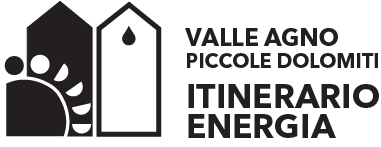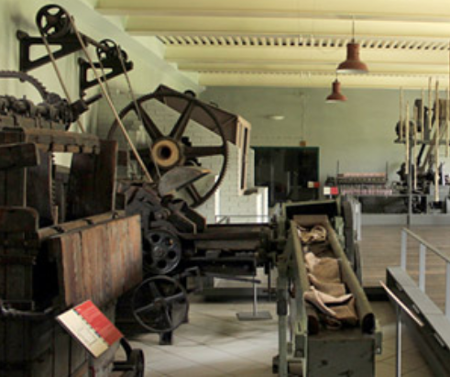The Museum of Textile Machinery is housed in a part of the spinning, preparation and weaving workshops of the V.E.Marzotto Industrial Technical Institute, whose headquarters were built in 1936 by Count Gaetano Marzotto in the social city.
The manufacture of wool, already flourishing in the valley since the 14th-15th centuries, underwent a remarkable development at the end of the 18th century, when the wool merchants of Valdagno obtained the permission to manufacture “high cloths”, which had previously been the exclusive prerogative of the “walled cities” (e.g. Lonigo and Marostica). During the following crisis of the Napoleonic era, which caused the disappearance of almost all the companies, only Luigi Marzotto’s company survived. During 1800, the company expands and introduces new technologies, initially resorting to the advice of foreign technicians and then deciding to train on site workers and specialized technicians.
This led to the establishment of technical schools at various levels, which, from 1936 onwards, were to be housed in the majestic building that Count Gaetano Marzotto had built in the “Città Sociale“, the industrial and textile technical institute established in 1942. In the area reserved for the workshops, a large number of textile machines were installed, on which the school’s students worked on a contract basis and on which workers were normally employed. In the following decades other machines or modules of machines were added, making the Institute an important point of reference for textile companies in the area.
The Textile Machinery Museum is located in a portion of these laboratories. It began its activity in 1999 and was completed in the following years with the intention of bearing witness to the technological progress of a productive sector that has deeply marked the city and the territory, becoming also a cultural richness to be known and kept up to date. In the Weaving Room, destined to remain within the competence of the School for educational activities, it is possible to see the latest generation of looms in operation for both plain and textured fabrics and to compare design and production methods.

